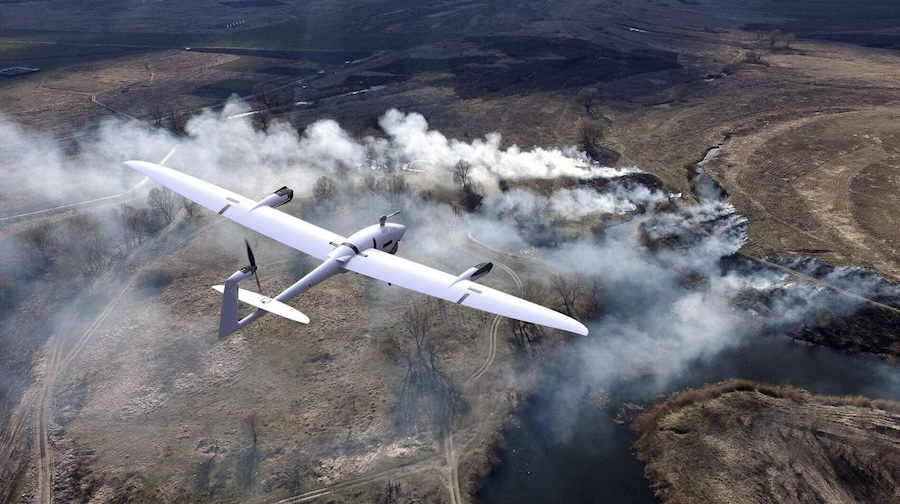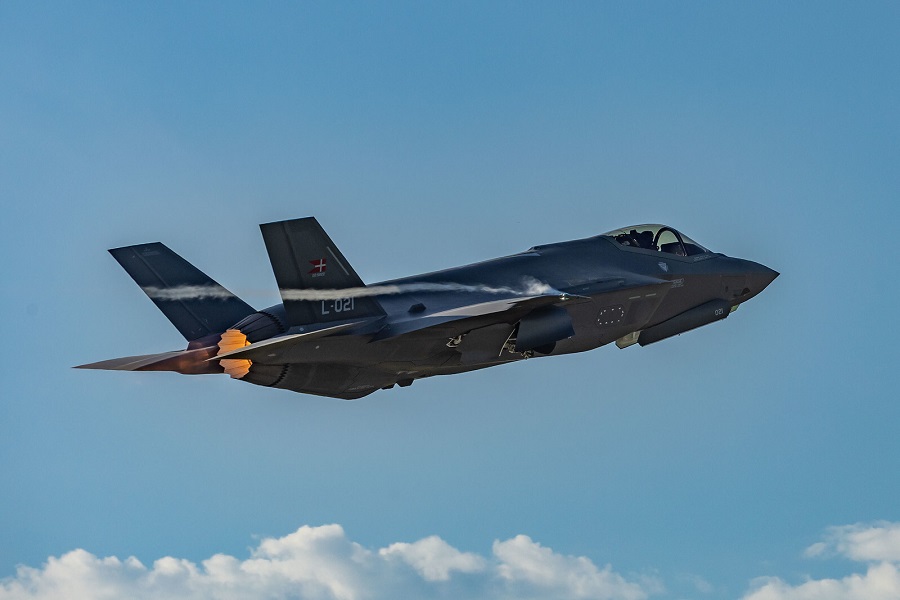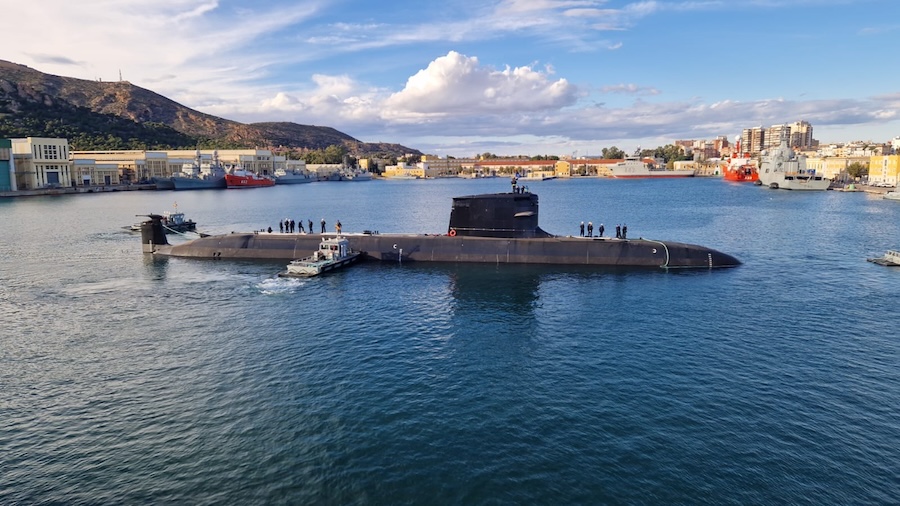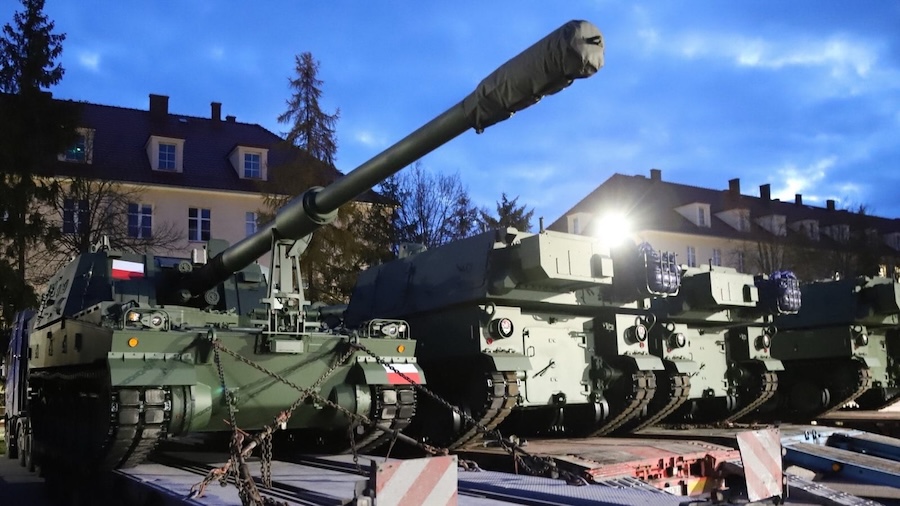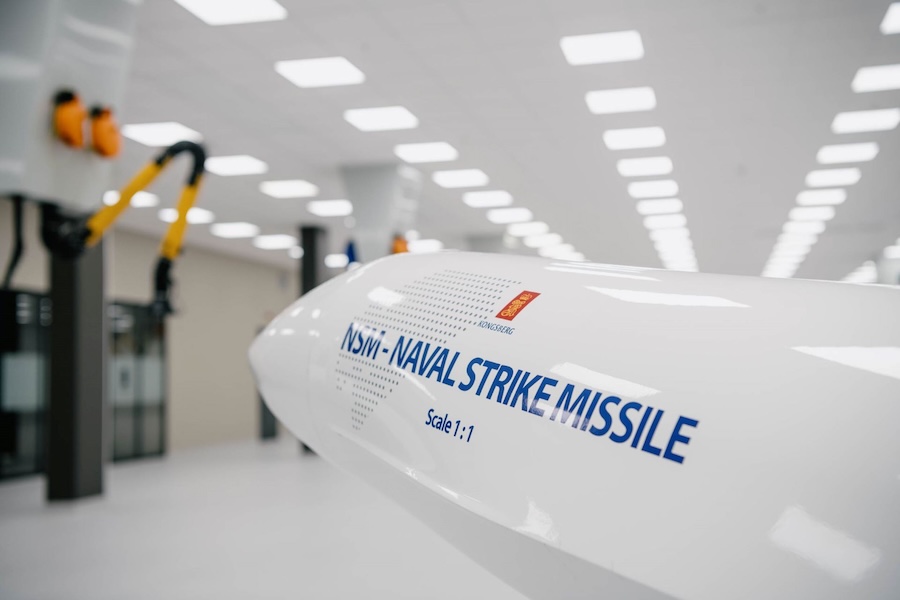MSOC now serves as the operational core of SSC’s Resilient Missile Warning and Tracking (MWT) enterprise. It ensures seamless transmission of data from space vehicles to ground systems, accelerating threat identification throughout all phases of missile flight.
“The MSOC is the heartbeat of Resilient Missile Warning and Tracking,” stated Colonel Ray Imbo, materiel leader for SSC’s Resilient MWT ground system. “Today’s threats are designed to evade detection across multiple domains, and this system ensures we can track advanced threats, including hypersonic missiles, through all phases of flight.”
Imbo also highlighted the system’s operational benefits in addressing current missile detection limitations. He noted that MSOC supports real-time tasking, antenna scheduling, and cross-domain data fusion, allowing for quicker identification of emerging threats.
Utilising the strategic position of the MEO orbit, the Resilient MWT constellation provides greater coverage than low Earth orbit systems and more precise data than those in geosynchronous orbit. The MSOC operates continuously as a hub where data from satellites is processed and shared to help maintain strategic advantage for the U.S. and its allies.
The BGIF site was chosen for its existing infrastructure and history in data processing, offering cost-efficiency and technical readiness for MSOC’s launch. It benefits from a centralised location, strong communications and power networks, and access to experienced technical personnel.
“The BGIF supports resiliency by co-locating mission critical programs, personnel, and advanced tools under one roof, allowing us to rapidly prototype, test, and integrate solutions that can outpace evolving threats,” said Major Keri Clark, interim director of SSC’s Strategic Missile Warning, Ground, and Integration (SNG) OPIR TAP Lab and director of BGIF.
Clark emphasised that BGIF is not merely a workplace but a research and operations centre driving innovation in missile detection technology. The facility hosts several key programmes including the OPIR TAP Lab, the FORGE programme, the Resilient Missile Warning and Track effort, and the Next Gen GEO programme.
These teams work together to manage large volumes of data, speeding up application development and improving system robustness. They are tasked with delivering new capabilities at the pace required by evolving defence challenges.
BGIF also supports innovation through partnerships with small businesses via the SpaceWERX office’s Small Business Innovation Research (SBIR) contracting model. This initiative promotes technological exploration and collaboration between industry, academia, and government.
Clark concluded, “This isn’t just a building – it’s a mission enabler. This facility represents the future of the missile warning architecture.”















